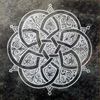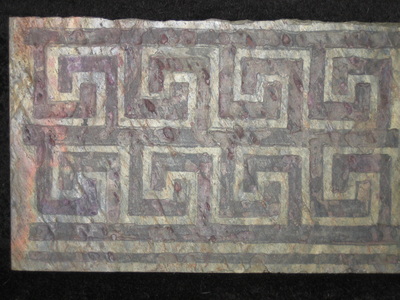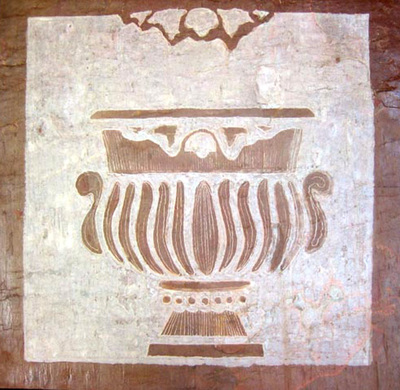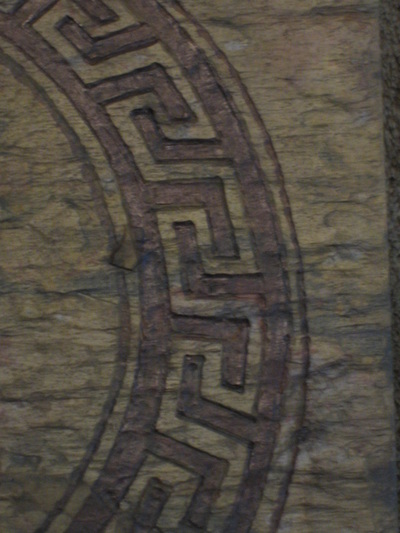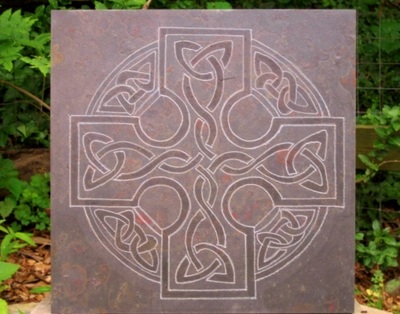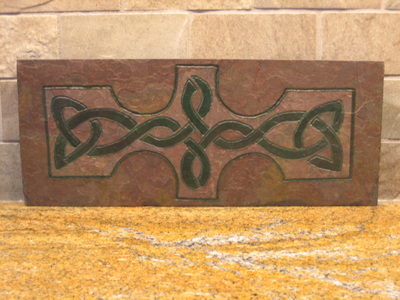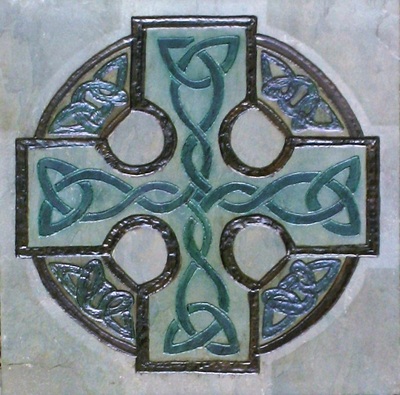Celtic & Greek Key Designs
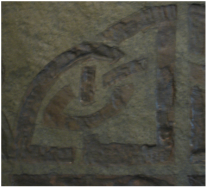
The Celtic Knot
Celtic knots , also known as 'endless knots' or 'mystic knots', are a series of overlapping or interwoven knots which have no clear start or end. They started to appear in Celtic Art in the second half of the 5th Century whereas Celtic spirals appeared much earlier, as early as 600 BC.
However, while they may have perfected it, the Celts were knot the first to develop the knot design. The origin of the Celtic knot may go back to the Romans but has its roots even earlier in Byzantine Constantinople. While interpretations are many, consensus is that the unending knot symbolizes the unending cycle of life while the interweaving points symbolize the interdependence and interconnection of physical and spiritual aspects of our being.
Celtic knots , also known as 'endless knots' or 'mystic knots', are a series of overlapping or interwoven knots which have no clear start or end. They started to appear in Celtic Art in the second half of the 5th Century whereas Celtic spirals appeared much earlier, as early as 600 BC.
However, while they may have perfected it, the Celts were knot the first to develop the knot design. The origin of the Celtic knot may go back to the Romans but has its roots even earlier in Byzantine Constantinople. While interpretations are many, consensus is that the unending knot symbolizes the unending cycle of life while the interweaving points symbolize the interdependence and interconnection of physical and spiritual aspects of our being.
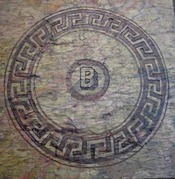
The Greek Key
The Greek key or "meander" was the most important symbol in Ancient Greece, symbolizing infinity or the eternal flow of things. The design was named "meander" after the twisting and turning of the Meander river in present-day Turkey. It was the most important symbol utilized in Ancient Greece.
The Greek Key symbolizes the bonds of friendship, love and devotion, as well as the four cardinal points, the four seasons, four compass points, waves in the round version or snakes.
Frequently used as a decorative motif in architecture, in mosaic tiles and to encircle stone columns, some historians believe that the Greek key symbol originated in the myth of the labyrinth.
The Greek key or "meander" was the most important symbol in Ancient Greece, symbolizing infinity or the eternal flow of things. The design was named "meander" after the twisting and turning of the Meander river in present-day Turkey. It was the most important symbol utilized in Ancient Greece.
The Greek Key symbolizes the bonds of friendship, love and devotion, as well as the four cardinal points, the four seasons, four compass points, waves in the round version or snakes.
Frequently used as a decorative motif in architecture, in mosaic tiles and to encircle stone columns, some historians believe that the Greek key symbol originated in the myth of the labyrinth.
